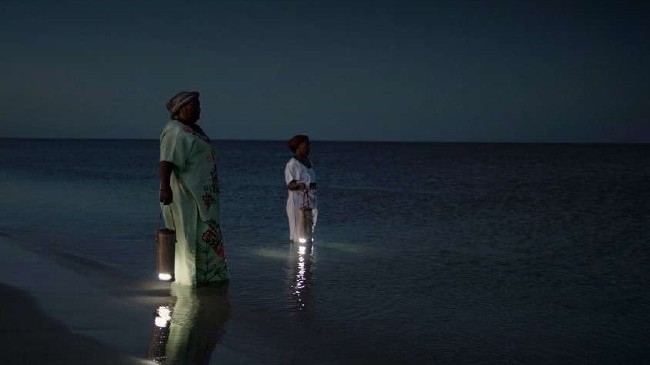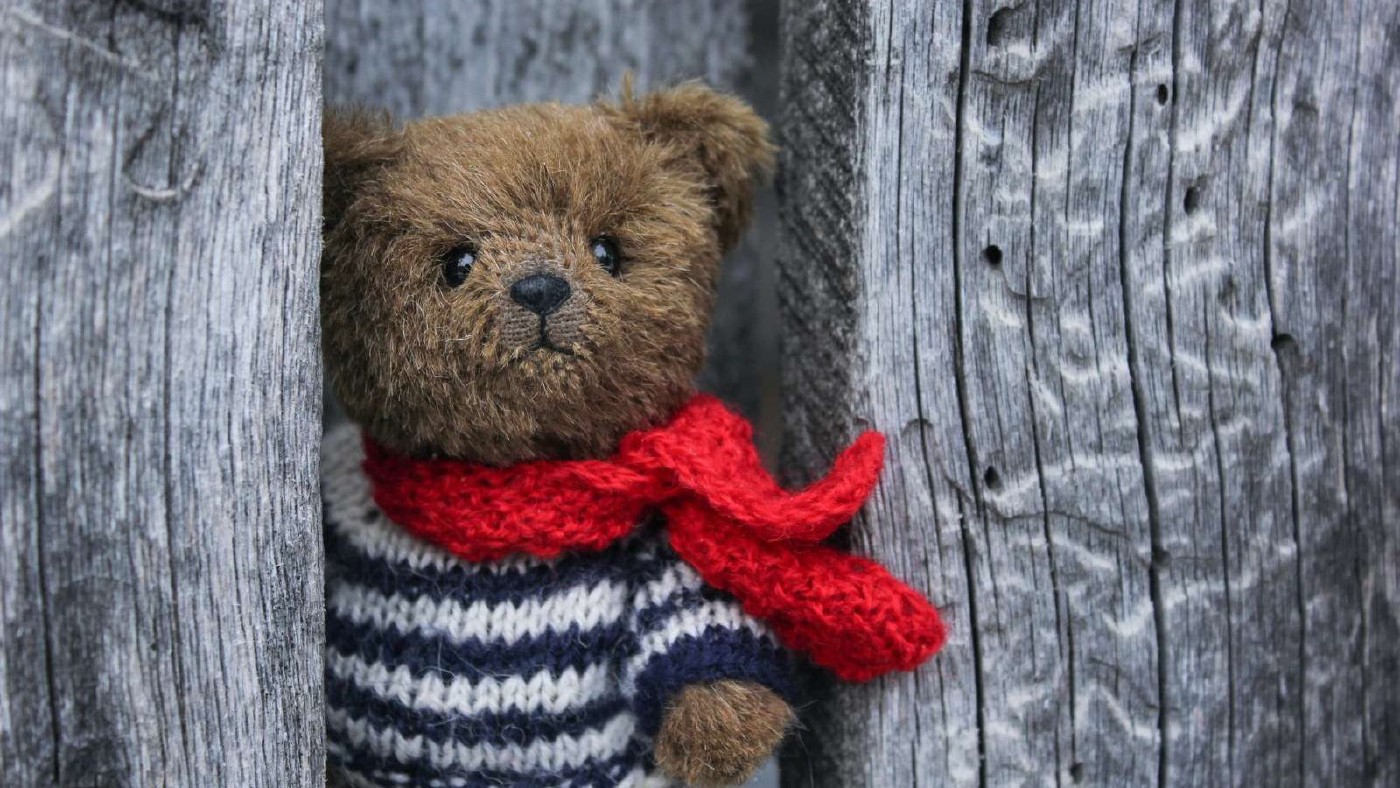
🐻 Virtual Reality and Teddy Bears
Konnichiwa 👋 Did you know? Mind-wandering enhances creativity and decision-making. When you’re stuck with a problem, you’ll probably find the solution by doing something else entirely!
📈 Uplifting Trends and Facts
- Syukuro Manabe and Klaus Hasselmann jointly won the 2021 Nobel prize in physics. These two climate modellers laid the foundations of our current understanding of carbon dioxide’s impact on the climate since the 1960s and 1980s respectively.
- The World Health Organization greenlighted the Malaria vaccine RTS,S for use across Africa. This vaccine was proven effective six years ago and recently underwent a successful pilot immunization programme in Ghana, Kenya and Malawi.
- A study showed that the Montreal Protocol, which was only supposed to fight against ozone-depleting chemicals, has prevented between 0.65°C and 1°C of global warming. Indeed, carbon sequestration in vegetation through photosynthesis would have dropped by 30% without the treaty.
- Maine and Oregon made the companies that create consumer packaging responsible for the recycling and disposal of their products (e.g., cardboard cartons, plastic wrap and food containers).
- Australia returned some of its world-famous national parks to the hands of Indigenous owners. Last month, the Eastern Kuku Yalanji community and the government signed a deal for an area that includes the Daintree National Park, a UNESCO World Heritage Site, and three other national parks.
👓 The Doctors That Soothe Pain With Virtual Reality
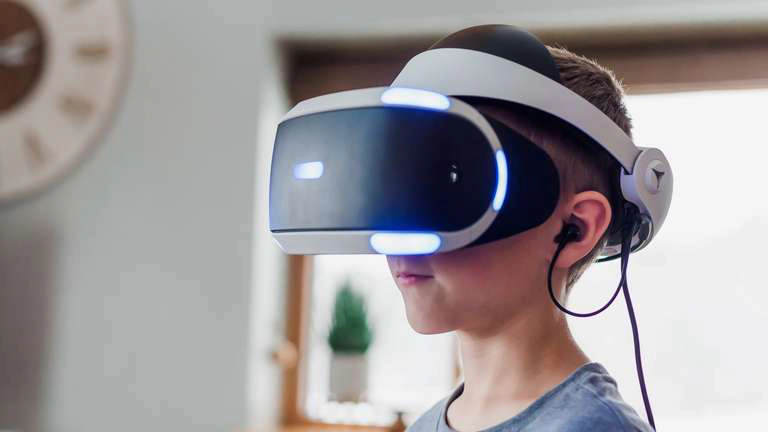
Across the United States, hospitals rely more and more on Virtual Reality (VR) headsets to relieve their patients’ pain.
Jeffrey Gold, a doctor at the Children’s Hospital Los Angeles, believes that virtual reality can eliminate the need for billions of dollars worth of pain management drugs. So, he developed a game in cooperation with the software company Applied VR and uses it with his young patients when they undergo medical procedures, such as IV preparation or bandages replacement.
He explains that pain highly depends on the context. Indeed, pain is more acute when we are stressed out or overly focused on it. But, on the other hand, our body produces natural endorphins, which are a neurochemical analgesic, when we’re having fun.
Studies demonstrate that VR – especially interactive games – is significantly more effective than any other distraction for pain management. Indeed, our brain is unable to tell the difference between a virtual and a real environment.
Why does it matter? VR can have a broad range of usages, from purely managing pain to eliminating anxiety or simply distracting a kid to make them stay still. Whatever the use case, it always reduces the need for drugs and prevents the associated side effects (e.g. adverse reaction, addiction). Also, using VR before surgeries can lead to shorter recovery times and better overall postoperative outcomes. Otherwise, nurses and doctors are more relaxed and are in better dispositions to do a great job.
It’s a refreshing change of pace to see video games and technology being praised for their health benefits, especially when it means reducing the need for pain medication and sedation.
🐻 The Adoption Agency for Preloved Teddy Bears
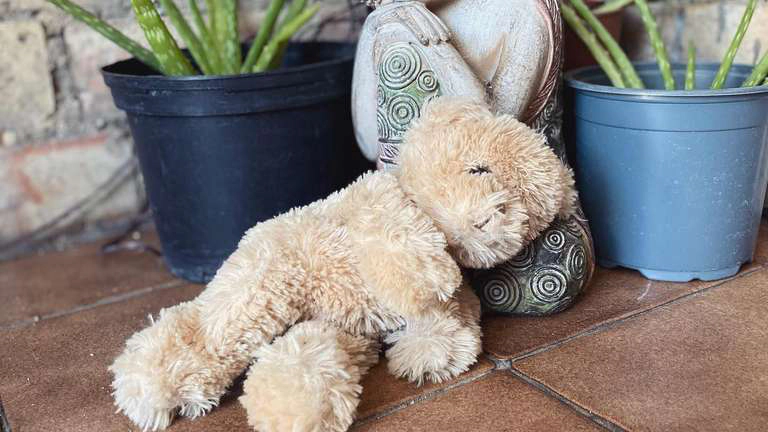
In the UK, Loved Before opened a “soft toy adoption agency” to promote sustainability in the industry and give preloved toys a second life.
While working at a charity shop, the creator, Charlotte Liebling, witnessed the massive amount of toys thrown away. Her social enterprise wants to encourage people to buy pre-owned soft toys and change people’s perceptions regarding second-hand items. Indeed, she asks previous owners to provide toys’ back story to add a sentimental value that brand new toys don’t possess.
The company’s meteoric success – from 20 new toys per week last year to 1,000 today – proves that people are ready to change how they consume.
Why does it matter? The plush toy market is valued at around $10 billion and grows 7% each year. However, their production requires a large amount of water and energy, and most of the time, they include petrol-based polyester. Moreover, a recent survey revealed that 50% of children are tired of a new toy after only a week and 25% of parents throw away perfectly good items that end up in a landfill.
What can we do?
- We can donate our unused toys to charity, schools or social enterprises like Loved Before instead of throwing them away. This simple action will not only benefit the environment but also bring joy to other people.
- Some companies, such as LEGO or Mattel, also have toy recycling schemes.
- Otherwise, many cities worldwide feature toy hospitals that can repair and clean the toys we want to keep and pass on to the next generation.
- Finally, the Internet is full of DIY videos and posts that explain how to use old toys to build new furniture and decorative objects.
The relationship between a toy and its owner goes beyond the utilitarian aspect. Charlotte’s wholesome initiative enables perpetuating our memories while reducing the environmental footprint of the toy industry.
🎯 The Pick
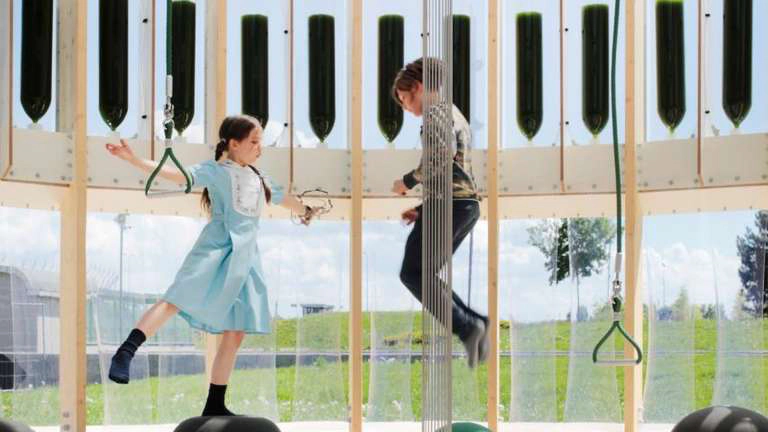
The London-based organization EcoLogicStudio designed a children’s play centre called AirBubble that uses algae in solar-powered bioreactors to remove pollutants from the air.
Solar energy powers photosynthesis by which algae split carbon dioxide into carbon, which it uses to feed, and oxygen, which it releases into the room. On the other hand, the children’s play activates machinery that moves liquid through the bioreactors, ensuring proper aeration.
According to the designer, the system can filter up to 200 litres of air per minute and purify the entire structure in less than 24h, driving pollution levels down to within World Health Organization guidelines.
Moreover, this process transforms pollutants into biomass, a raw material for bioplastics, food supplements, natural cosmetics and more. So, we ultimately end up with usable byproducts instead of waste.
Why does it matter? EcoLogicStudio chose to install AirBubble in Warsaw, Poland, one of the most polluted cities in Europe, to educate people about air quality in a playful way. Indeed, the link between urban air quality, respiratory health and public well-being has become more evident during Covid, and tackling this issue is crucial for our future. Also, the organization wants to inspire future generations to find innovative solutions for our current problems.
What can we do?
- In urban areas, most of our trips are less than a few kilometres long. Using public transportation, biking or walking for these trips can go a long way to reducing pollution.
- Using an electric vehicle is also highly effective. Indeed, thermic cars are particularly suboptimal for short travels involving many stops.
- Also, studies showed that planting tiny forests in cities can improve biodiversity, air quality and even our well-being. As citizens of these cities, we can vote and advocate to move these initiatives forward.
Whoever spends time with kids realizes that they are an inextinguishable source of energy. This fantastic project leverages this energy to provide our children with a pure atmosphere and educate them on the importance of air quality.
🌍 Meanwhile, Worldwide …
🚀 Researchers from The University of Texas have found a low-cost and efficient way to split off oxygen molecules from water using sunlight. This discovery solves a significant hurdle to sustainably producing hydrogen from water.
📌 Google Maps will show the most fuel-efficient route alongside the fastest one and the amount of fuel you can save with a slight detour. This new release also indicates flights’ CO2 emissions, sustainability information about hotels and businesses, among others.
♻ In Denmark, the Re-Wind Network explores ways to reuse old wind blades in architectural and engineering structures, such as protective bike shelters or pedestrian bridges. Indeed, it wasn’t possible to recycle these blades until recently. Therefore, most of them ended up in the landfill.
🚄 The French National Railway Company (SNCF) kickstarted an initiative to recycle the 5,000 unused rail cars collecting dust and rust throughout the country. The company pledged to find a new purpose for all of those trains by 2028.
🌊 Scientists in the US designed a system that can filter out microplastics from water without ever clogging. This mechanism mimics how manta rays filter out plankton by using a complex pattern of whirlpools that moves the microplastics away from the filter.
😍 Wholesomeness
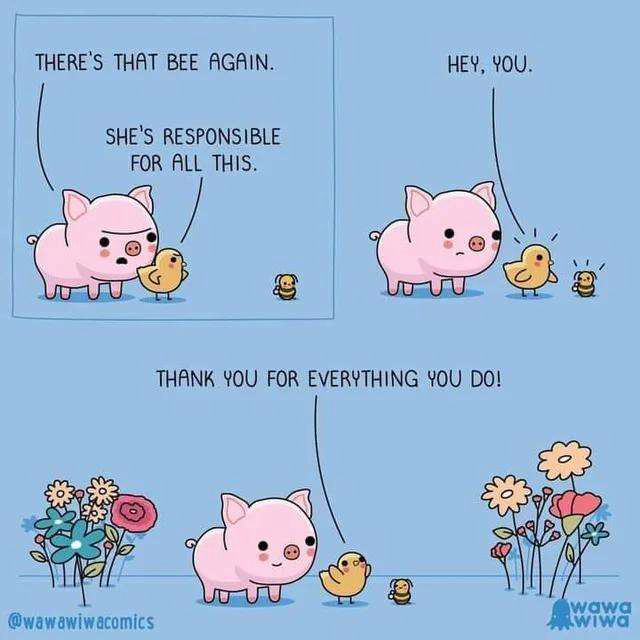
That’s a wrap. If you enjoyed this newsletter, please share it with your friends! For any feedback, reach out and drop a comment here or on our social media platforms :-)
Have an amazing week ahead 💗
Related Posts
💡 Water Light and Microcapsules
Hola 👋 Did you know? Mozart’s Sonata for Two Pianos in D Major K448 could calm epileptic brain activity and help reduce seizures!
🥭 Desert Food and Tyre Furniture
Bonjour 👋 Did you know? Looking at photos of adorable animals not only makes you feel better but can also make you more productive, thanks to “a narrowed attentional focus induced by the cuteness-triggered positive emotion.
🌤 Solar Domes and Filterless Purifiers
Oi 👋 Did you know? Multiple studies show natural forest regeneration is cheaper, sequesters more carbon, and maintains more biodiversity than hand-planted reforestation.
